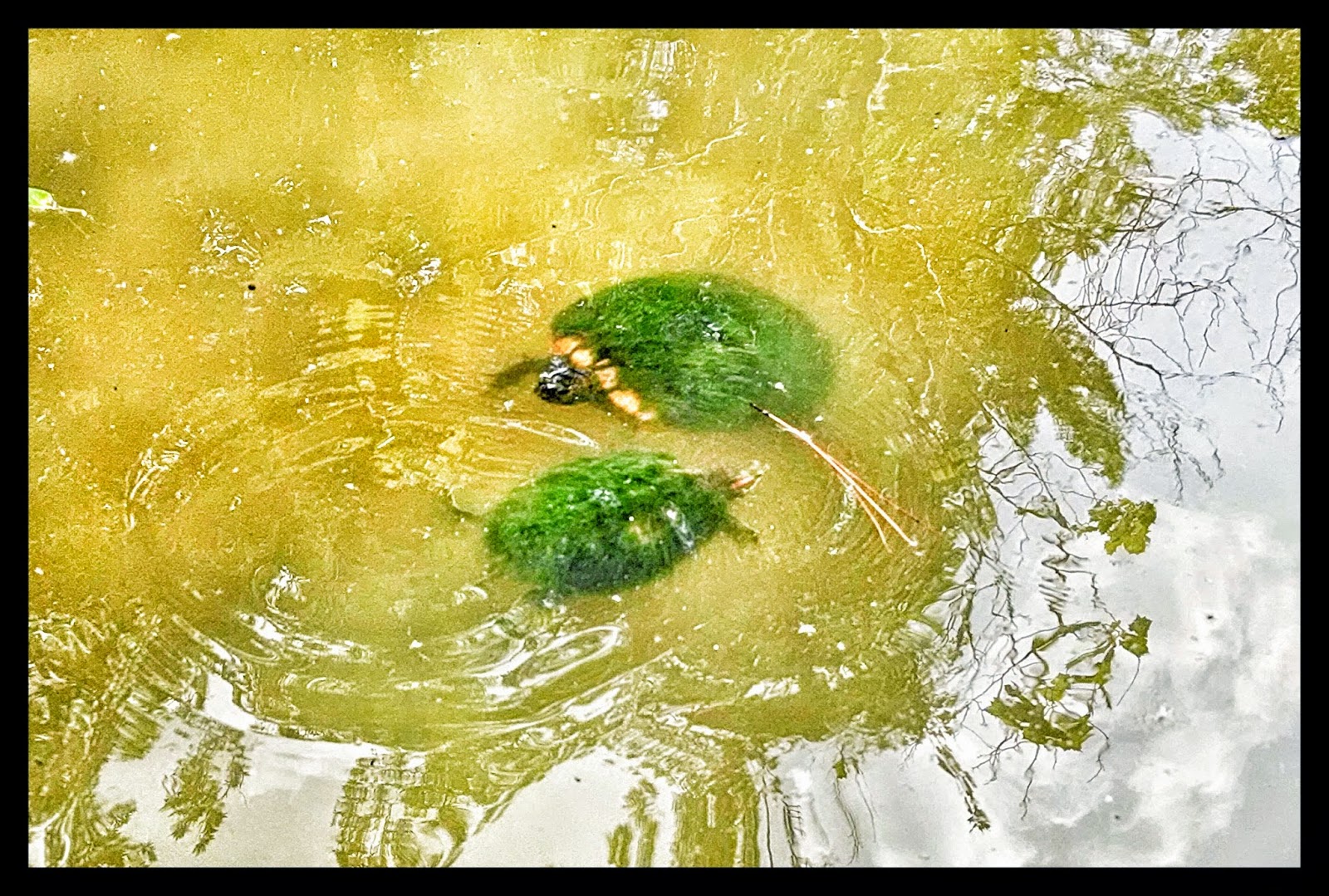 I'm a proud momma today! Yesterday, I caught Malcolm making a mess while wondering aloud "I was trying to find out if my paper towel would absorb water," as he dunked a napkin into his cup of water. I'll admit, it caught me by surprise when he used the word absorb. Trying to ignore the puddle of water, I replied, "Oh, so you're conducting an experiment?"
I'm a proud momma today! Yesterday, I caught Malcolm making a mess while wondering aloud "I was trying to find out if my paper towel would absorb water," as he dunked a napkin into his cup of water. I'll admit, it caught me by surprise when he used the word absorb. Trying to ignore the puddle of water, I replied, "Oh, so you're conducting an experiment?"
Later that evening, he said, "Mom, can we do a real experiment? I want to see if this (and this and that) will absorb water, too." So, I promised him that we would conduct a 'real experiment' soon.
Post experiment... check out Malcolm's interview.
Sidenote: Malcolm loves to say "hmm" a lot. It just means he's thinking real hard... : )
Sidenote: Malcolm loves to say "hmm" a lot. It just means he's thinking real hard... : )


































